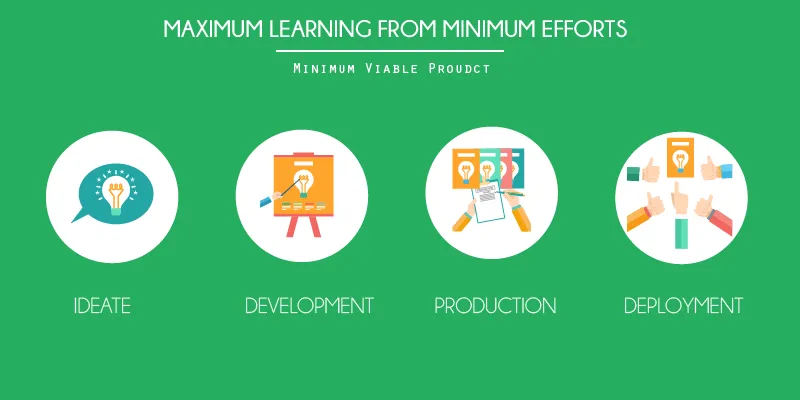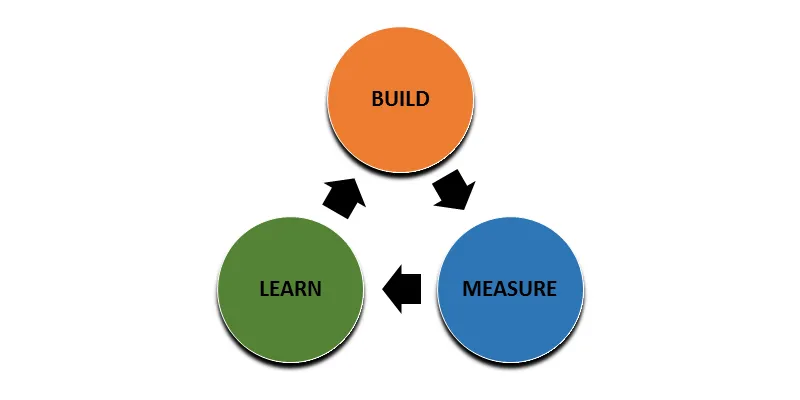Getting this part of starting up right could save your firm
India's startup ecosystem hosts a crop of e-commerce startups that are based on cloned business ideas, and built on generic technology.
The major challenge faced by these businesses is developing a product that fits in the market i.e., something that the customers really want, and that too at a very controlled cost.
Stages of product development
The product development lifecycle has six distinct stages – Discovery, Validation, Efficiency, Scale, Profit Maximisation and Renewal. In discovery stage, the startups are focussed on establishing whether they are solving a meaningful problem and whether anybody would be interested in their solution. Next, the business tries to validate whether the customers will be ready to shell out money to use this product. Startups then refine their business model and improve the efficiency of their customer acquisition process to scale up rapidly. Next, it steps on the gas pedal and tries to drive growth very aggressively while maximising profits to make the business sustainable. The business has to keep working on technology updation and renewal to maintain the market fit.

New product development consumes time and energy and involves a lot of cost. Thus, no business would want to end up with a product that does not fly. Still, despite all genuine efforts, a majority of products fail to succeed.
Although there is no failure-proof mantra, this risk can be minimised by developing and testing Minimum Viable Product (MVP). This method of testing the product for a market fit differs from the convectional strategy, which is developing a product based on market research and testing the finished product. In the latter case, if customer does not accept the product, the entire exercise goes to bin. This is something a startup would not want to endure – time and money are severely limited and businesses want to have the maximum learning from minimum efforts.
MVP
Building a MVP is a strategy wherein the business will rapidly build a minimum set of features that are enough to deploy the product. A minimum viable product can be classed as the first working version of the product having the core features of the product. The product is typically deployed to a subset of possible customers who are more adaptive and more likely to give feedback. The process is iterated until a desirable product feedback and acceptance from customers is obtained.
The feedback thus received can be used to improve the MVP further for a better market fit by adding new features, or by totally rebuilding the product. This continuous process will finally lead to building the beta or final product with a perfect market fit.

An MVP has three key characteristics:
- It has enough value that people are willing to use it or buy it initially
- It demonstrates enough future benefit to retain early adopters
- It provides a feedback loop to guide future development
Conclusion
Companies that used this technique before growing big include Twitter, which was conceived with the idea of sharing status updates with friends through SMS. Customer interest was confirmed when people were ready to bear the SMS charges for sharing status updates. Groupon was built in a month using a Wordpress blog with daily deals posted on blog posts. The customer support head would personally email all customers who bought the vouchers. Though the process was hectic, by the next year Groupon came up with a backend with a well-tested product that was already a hit with customers.
An entrepreneur can get as innovative and experimental as it gets to introduce his MVP based on the nature of the product and targeted customer set. Entrepreneurs can resort to building a Facebook platform, crafting a creative video that helps deliver the message in a clear and interactive way, or creating attractive landing page (a page where customer lands after hitting a link). One interesting way is by raising capital from customers, which will be a case of selling before you build. This can be done through crowdfunding.
The crux for usage of this tool is to save money and cost, two things that a startup is short of, and develop a product having a tested market fit. Technically-orientated products may be most appropriate for this type of development technique.







